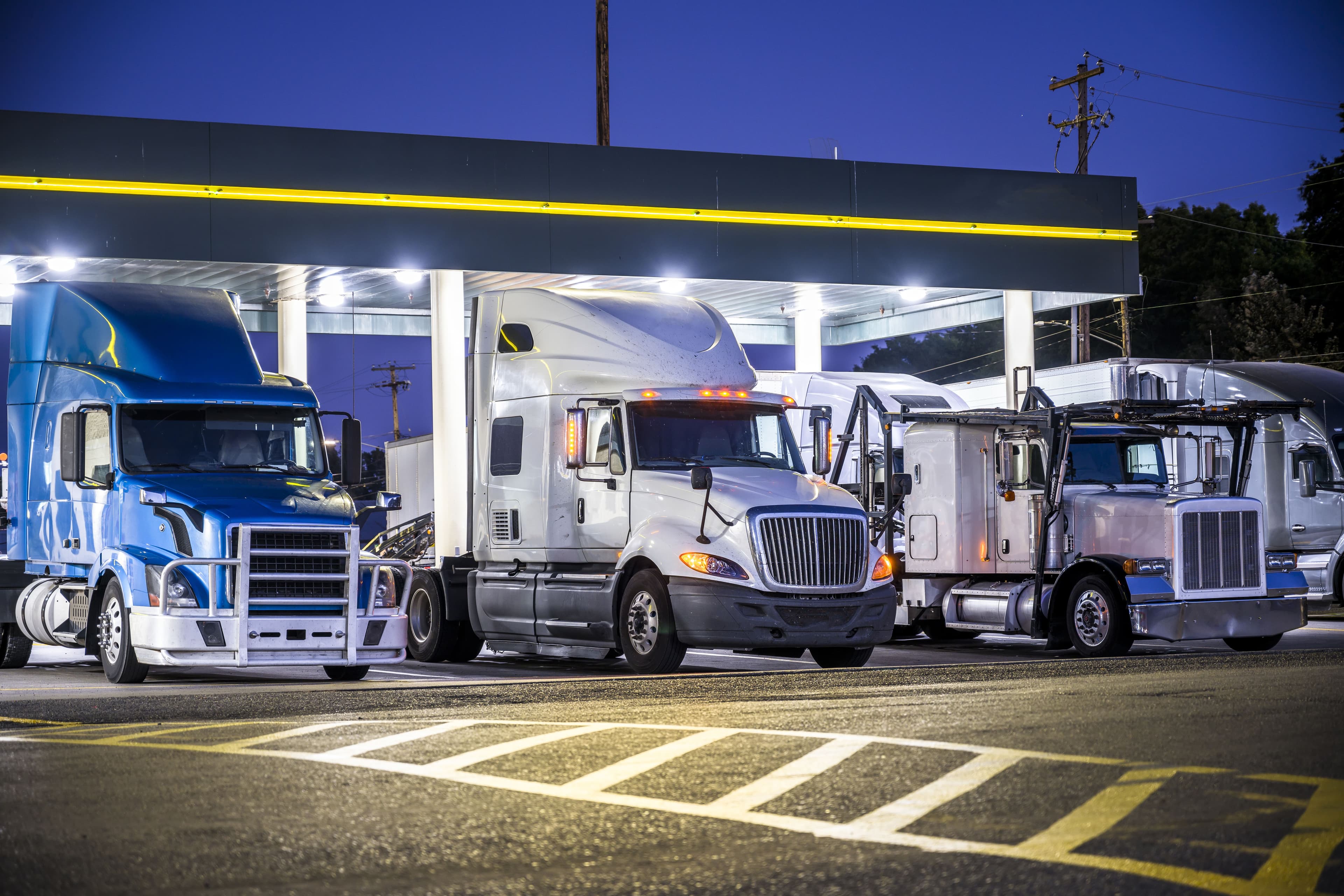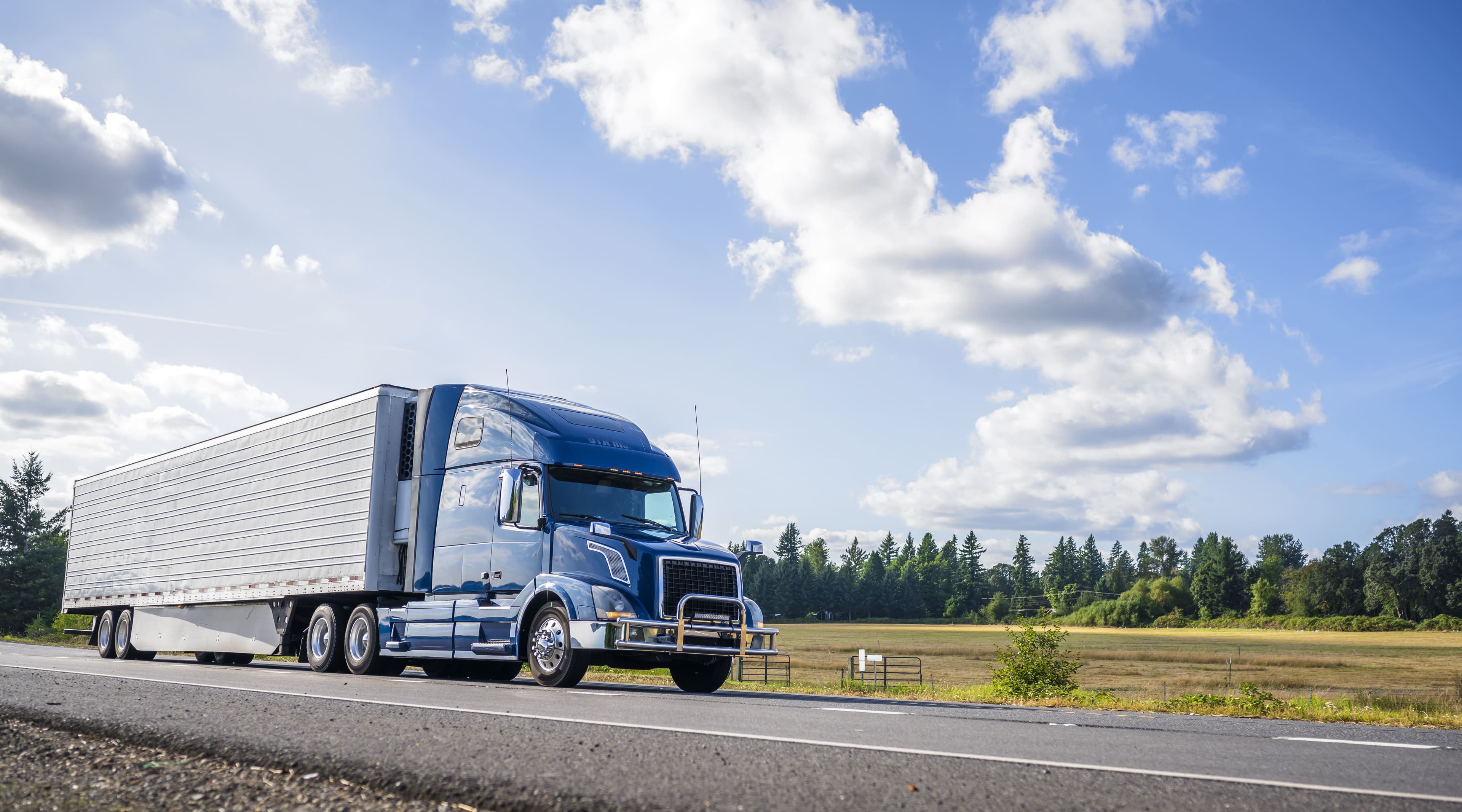Breakthrough’s Capac-ID Methodology

Trending
Top Posts
4 min read
August 2, 2019

Share:
Table of contents
Browse the table of contents to jump straight to the part you’re looking for
Compressed natural gas (CNG), battery electric vehicles (BEV), fuel cell electric vehicles (FCEV). Alternative energy technologies – along with their acronyms – continue to gain attention as mainstay companies and disruptors alike vie for the next-generation energy solutions of commercial transportation. At the same time, progress is being made in alternative energies that can be used in today’s conventional diesel trucks in the form of biodiesel and renewable diesel. Knowing more about the properties and use cases of these alternative fuels can help achieve sustainability benefits without the additional cost of new vehicles.
At over two billion gallons annually, biodiesel is the most widely used alternative energy in commercial transportation today. Biodiesel is created through a simple chemical reaction between vegetable oils (or animal tallow) and methanol. A catalyst is added that separates the mixture into biodiesel and glycerin (which is a common ingredient in soaps, lotions, and other health products).
Biodiesel has been a part of the US fuel market for well over a decade, with its production and uses mandated to grow through the national Renewable Fuel Standard (RFS). Biodiesel is blended with conventional diesel in today’s vehicles, with many fleets unknowingly using the alternative in their current operations, as blends of less than 5 percent are not required to be labeled. Fleets with more strategic use of biodiesel can use a blend of up to 20 percent (labeled B20), as this is the maximum amount allowable by most diesel equipment manufacturer warranties. B20 blends can help reduce lifecycle emissions by around 15 percent while remaining in price parity for much of the US – with states like Illinois and California providing fuel savings – due to federal and state-level incentives. Additionally, biodiesel’s use is mandated across multiple states, including B20 blends for summer in Minnesota and B5 blends in Oregon year-round.

A few challenges for biodiesel include a chemical structure that differs from conventional diesel, which creates the need for a maximum blend requirement, a higher gel point that impacts winter weather use, and an inability to leverage existing conventional fuel pipelines for transportation adding to its cost.

If you are looking for a fuel that isn’t limited by a 20 percent blend requirement or the other challenges of biodiesel, renewable diesel may be the right solution. While renewable diesel is often incorrectly used synonymously with biodiesel, its properties and use cases set it apart. Renewable diesel is sourced from the same oils as biodiesel but is transformed by a process called hydrotreating – very similar to a diesel production process within oil refineries – to create a product that is near chemically identical to conventional diesel.
The benefits of this emerging fuel include the ability to use it as a complete replacement to conventional diesel in existing equipment, over 50 percent lifecycle emissions reductions, and operational use that is consistent with current trucking behavior. These benefits have helped renewable diesel grow from a relatively unknown and unused fuel a decade ago, to over six million gallons of consumption in the US today (nearly one-third the total of biodiesel usage).

Considering its list of benefits, why isn’t renewable diesel usage more widespread? The bottom line is cost and availability. The process of making renewable diesel requires a significant capital expense, with the scalability of projects continuing to be a challenge. This limits renewable diesel’s usage to mainly California, where incentives allow for price competition with conventional fuels. In the cost-competitive landscape of California, renewable diesel has gained noticeable traction, comprising 10 percent of the state’s total diesel supply in 2018 (compared to 5 percent for biodiesel). The challenge in the Golden State now switches to scaling supply to meet the ever-growing demand of renewable diesel.
Future of Biodiesel and Renewable Diesel
Both biodiesel and renewable diesel will continue to be viable options to displace diesel in today’s supply chains. While both fuels will likely be blended into the current mix, targeted shipper strategies will capitalize on the sustainability and financial benefits of these two renewable fuels where incentives exist. In the longer term, the competition will arise from other alternative energy sources like renewable natural gas, battery electric vehicles, and fuel cell vehicles. While this could replace a small portion of diesel equipment, it is likely that the use of conventional fuels – and the drop-in fuel alternatives to improve their sustainability – will remain for decades to come.

5 min read
January 7, 2026
Learn how to negotiate better fleet fuel discounts with proven strategies from industry-leading leaders. Optimize your fuel card program and leverage market insights to reduce costs.
Read more
7 min read
January 5, 2026
Recent events in Venezuela haven't spiked crude oil prices. Learn why ample global supply and market fundamentals are keeping fuel costs steady for shippers.
Read more
5 min read
January 2, 2026
Stay ahead of Q1 2026 diesel fuel tax by state adjustments. See how changes in states like MI and NJ will impact your transportation spend.
Read more